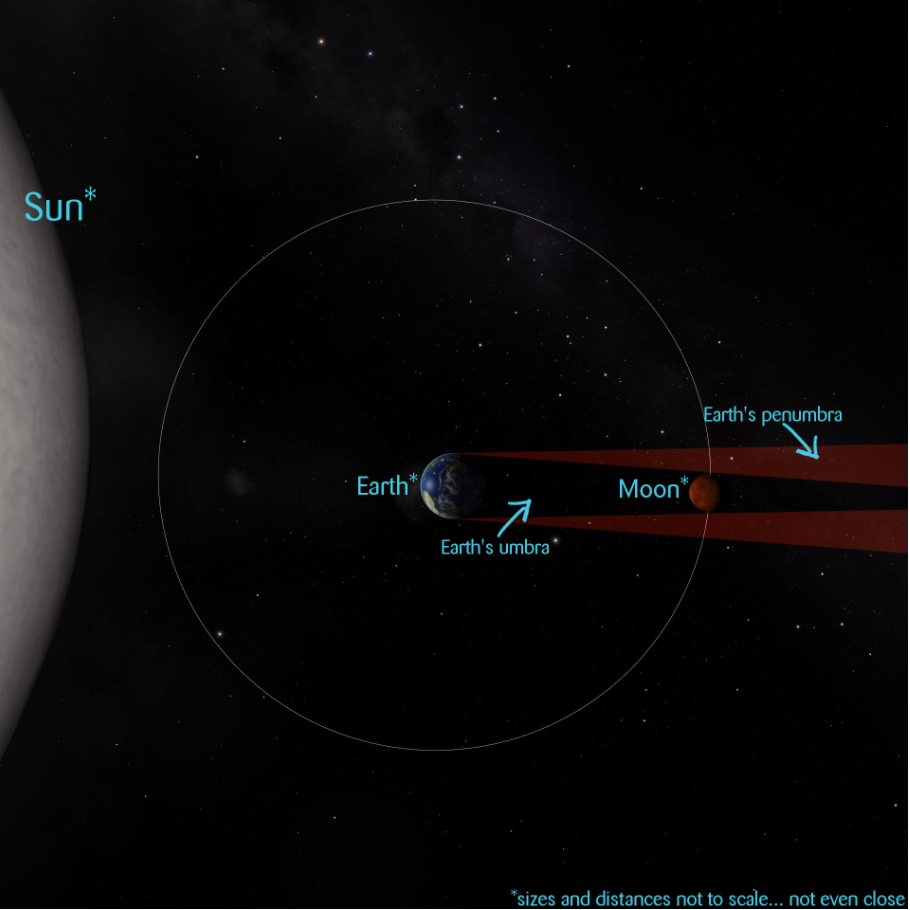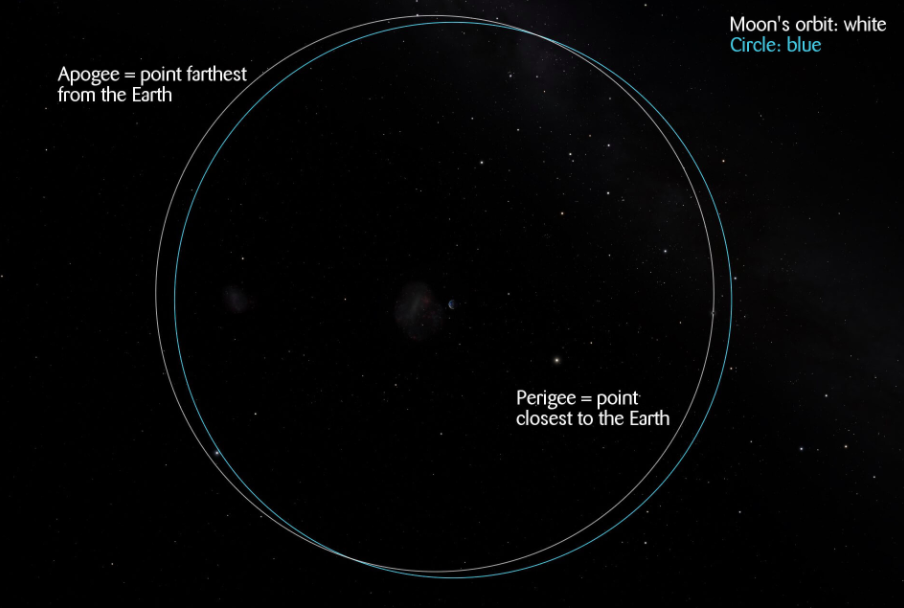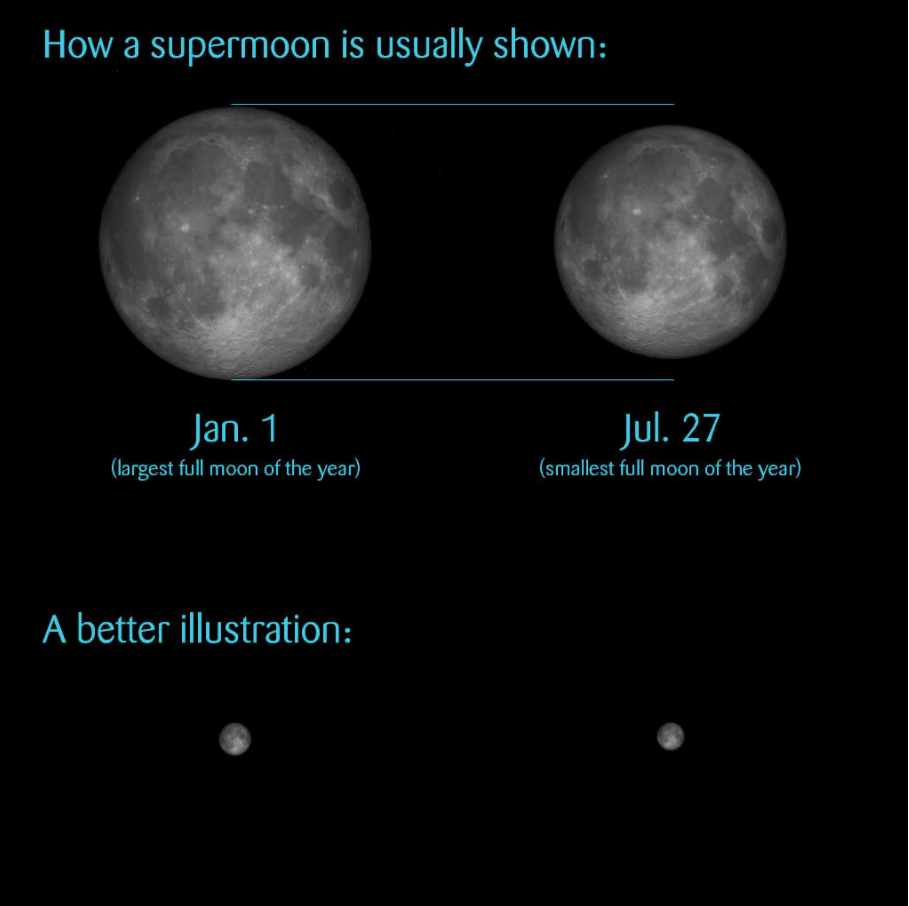Super Blue Blood Lunacy: Hyping the Moon
Hi, everyone. It’s Justin Bartel. As the Science Museum of Virginia’s resident astronomer, it’s interesting to hear guests, the media and friends on social media talk about the supposed super blue blood moon happening this week. A full moon is always a wonderful sight, and you can count on seeing one every 29 or 30 days, but on January 31, 2018, three lunar events are overlapping. On the face of it, the resulting “super blue blood moon” sounds pretty spectacular! But let’s look past the hype: what can we really expect to see?
Of the three events, only one is really capable of dramatically altering the appearance of the Moon: the blood moon. The name is meant to reflect the Moon’s appearance during a total lunar eclipse. When the Moon moves completely into the Earth’s shadow, its face is lit by sunlight that’s been filtered and refracted (bent) by Earth’s atmosphere. For the same reasons sunrises and sunsets often look red, orange or pink, only reddish light falls on the Moon during an eclipse. And just like sunrises and sunsets, each eclipse is unique. Unfortunately, we won’t get much of a chance to see this one in Richmond. The eclipse will still be in a partial phase as the Moon sets on Wednesday morning, and we’ll miss the total phase of the eclipse entirely.

So central Virginia won’t see a red, totally eclipsed Moon, but that’s not the only problem with calling it a blood moon. That phrase entered popular speech as part of a failed doomsday prophecy connected to a series of four lunar eclipses that occurred in 2014 and 2015. The name spread quickly and now it seems like it’s applied to every lunar eclipse. Let’s just keep calling it a lunar eclipse because—spoiler alert—the world’s not going to end!
If you really want to see the lunar eclipse I can’t think of a better place to watch than New Zealand or eastern Australia. You’ll benefit from the fact that it’s summer there, but you’ll end up missing part of what makes this event special: the blue moon. The modern definition of a blue moon is simply the second of two full moons in a month, and this can be easily be thwarted by time zones. In a quirk of calendar making, we’ve ended up with months that are, usually, a little longer than the span of time between two full moons. “Once in a blue moon” is supposed to be a phrase that suggests rarity, but if you miss this one, don’t worry because we’ll see two full moons in March 2018, too.

But wait, if we don’t get to see the best part of the eclipse, and a blue moon is rather arbitrary, at least it’ll be a super moon, right?! Well “super moon” was originally an astrological term, used for a full moon that occurs when the Moon is close to its perigee (closest point to the Earth) of its orbit. In reality it’s just not significant enough to assign scientific meaning to it.
Just like the blood moon won’t usher in the apocalypse, the super moon won’t bring you wealth and fame. From our perspective, it doesn’t even really make the Moon look that different. In the sky the Moon’s apparent size is about half the width of a single finger held out at arm’s length. The difference between a full moon at perigee and one at apogee (the Moon’s greatest distance from Earth) amounts to about 14%. For something so far away, that’s not very much. To see the same effect up close, get your hands on a penny and a nickel and compare their sizes—one is about 11% wider than the other.

These lunar buzzwords get people’s attention and they might encourage you to look up, but remember that very little separates this “super blue blood moon” from being, well, just a full moon. Don’t get me wrong, the Moon is great and I’ll still be looking at it this week. Waking up early on January 31 to try and spot the eclipse while listening to some old crooner sing “Blue Moon” is fine by me, but the Moon doesn’t need any unusual colors or sizes to be impressive. I’d encourage everyone to look at the Moon as often as possible to see if you can tell when it stops being super.

